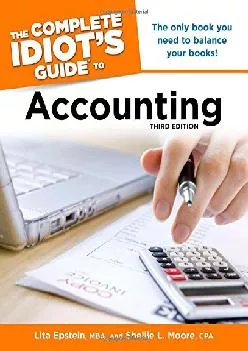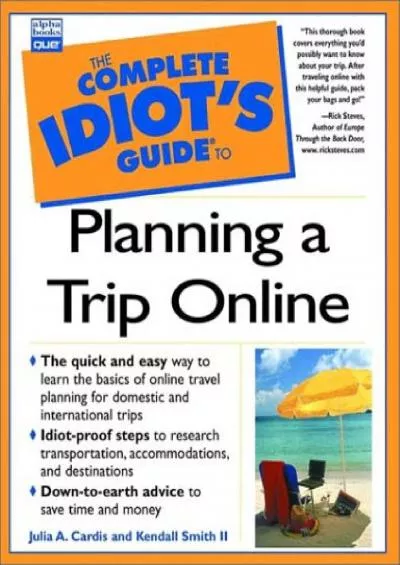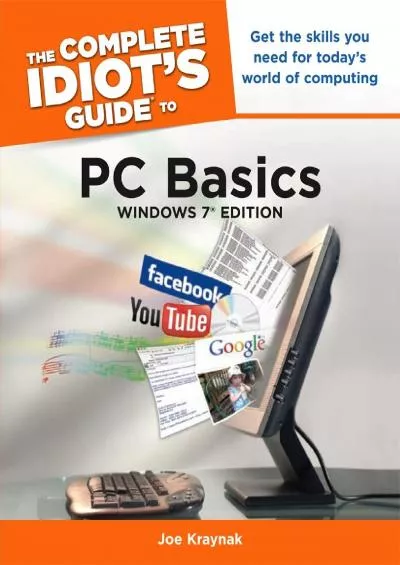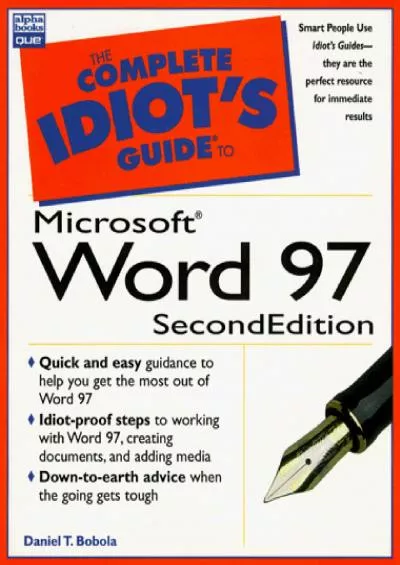PPT-A n Idiot's Guide
Author : tawny-fly | Published Date : 2017-05-05
to the Warsaw International Mechanism on Loss and Damage Authors Alex Durand and Saleemul Huq O utline History of the WIM The WIM decision An overview of the Lima
Presentation Embed Code
Download Presentation
Download Presentation The PPT/PDF document "A n Idiot's Guide" is the property of its rightful owner. Permission is granted to download and print the materials on this website for personal, non-commercial use only, and to display it on your personal computer provided you do not modify the materials and that you retain all copyright notices contained in the materials. By downloading content from our website, you accept the terms of this agreement.
A n Idiot's Guide: Transcript
Download Rules Of Document
"A n Idiot's Guide"The content belongs to its owner. You may download and print it for personal use, without modification, and keep all copyright notices. By downloading, you agree to these terms.
Related Documents

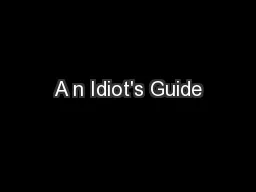
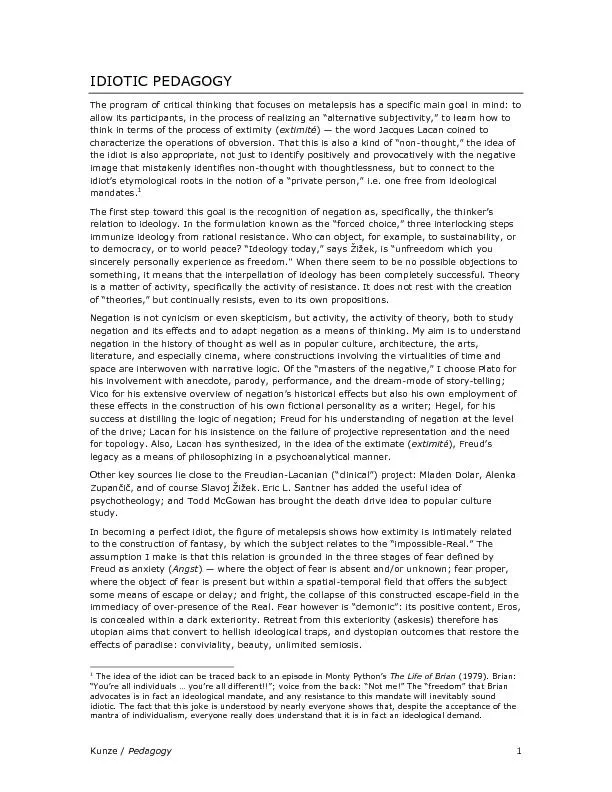

![[EBOOK] The Complete Idiot\'s Guide to Raw Food Detox](https://thumbs.docslides.com/882646/ebook-the-complete-idiot-s-guide-to-raw-food-detox.jpg)
![[DOWNLOAD] - The Complete Idiot\'s Guide to Fermenting Foods: Make Your Own Delicious,](https://thumbs.docslides.com/887075/download-the-complete-idiot-s-guide-to-fermenting-foods-make-your-own-delicious-cultured-foods-safely-and-easily-complete-idiot.jpg)
![[EBOOK] - The Complete Idiot\'s Guide to Paying for College](https://thumbs.docslides.com/905459/ebook-the-complete-idiot-s-guide-to-paying-for-college.jpg)
![[EPUB] - Complete Idiot\'s Guide to College Planning (The Complete Idiot\'s Guide)](https://thumbs.docslides.com/906063/epub-complete-idiot-s-guide-to-college-planning-the-complete-idiot-s-guide.jpg)
![[EPUB] - The Complete Idiot\'s Guide to Creative Writing](https://thumbs.docslides.com/906306/epub-the-complete-idiot-s-guide-to-creative-writing-61c0a487b366f.jpg)
